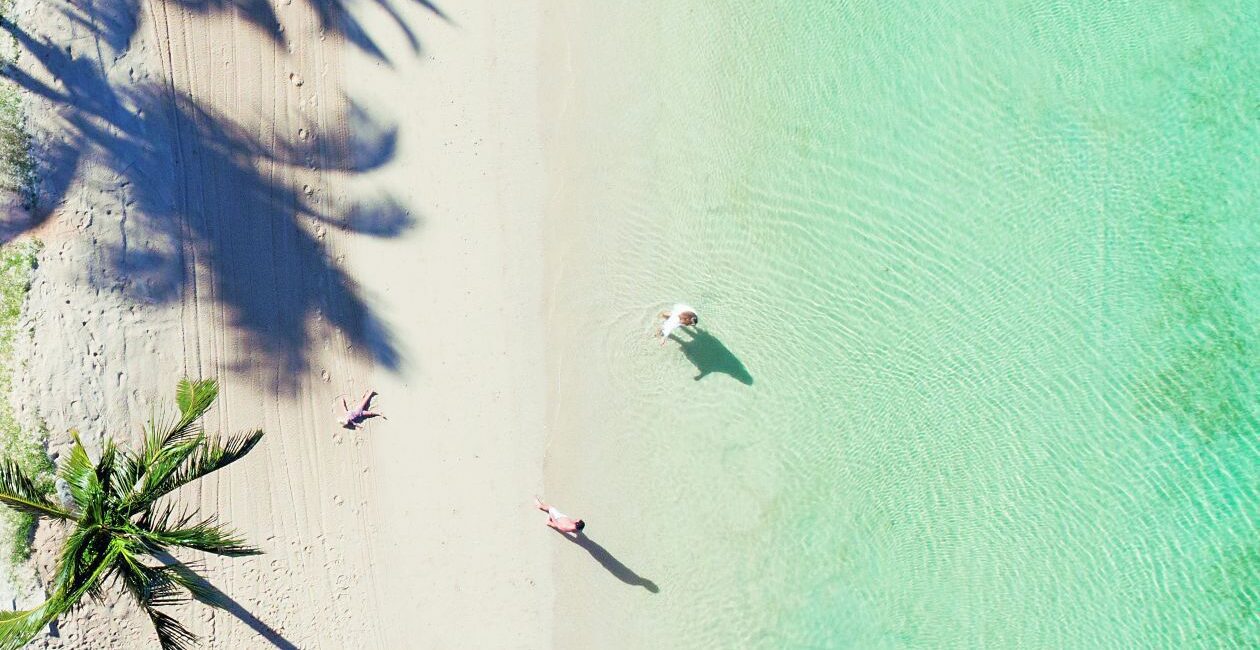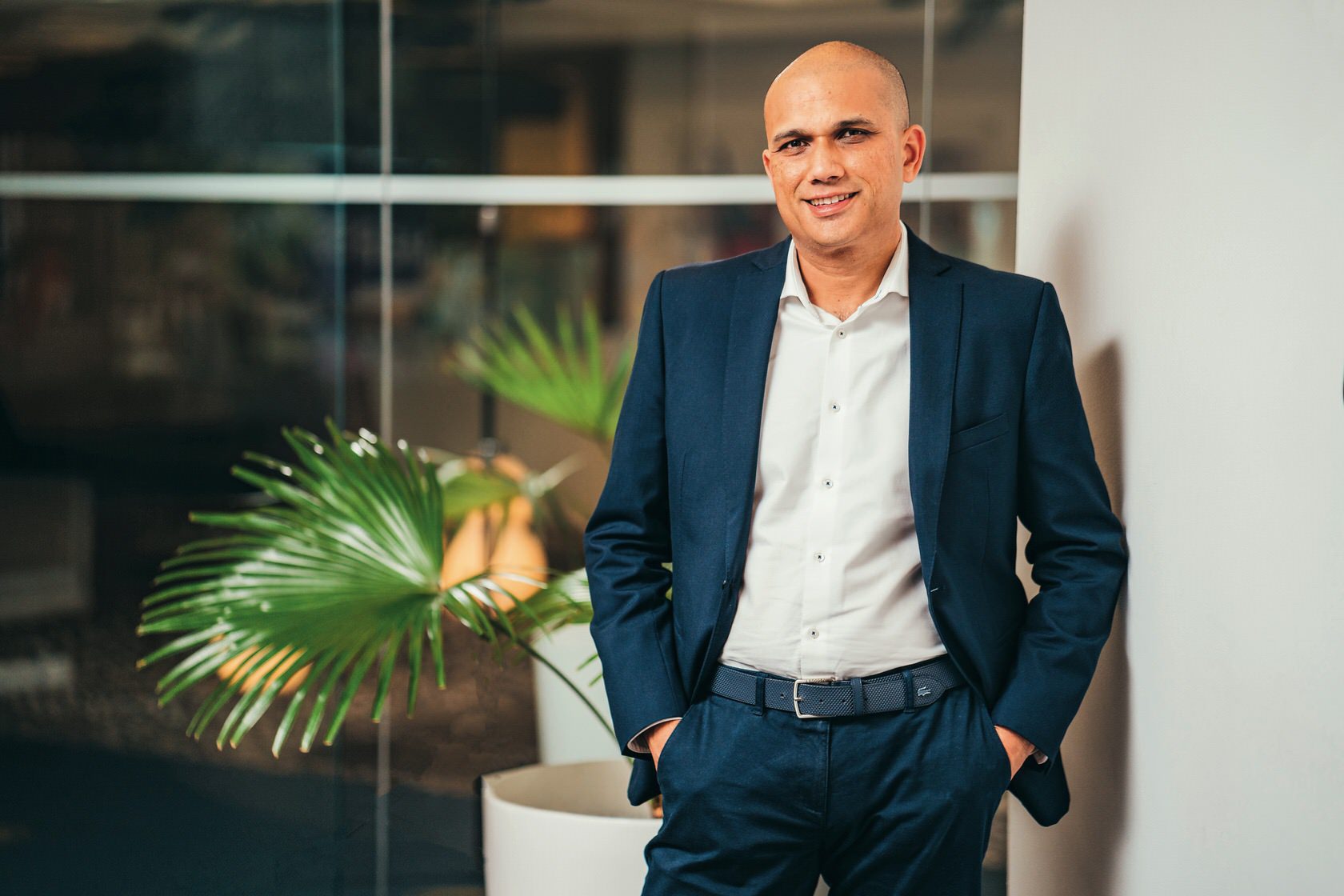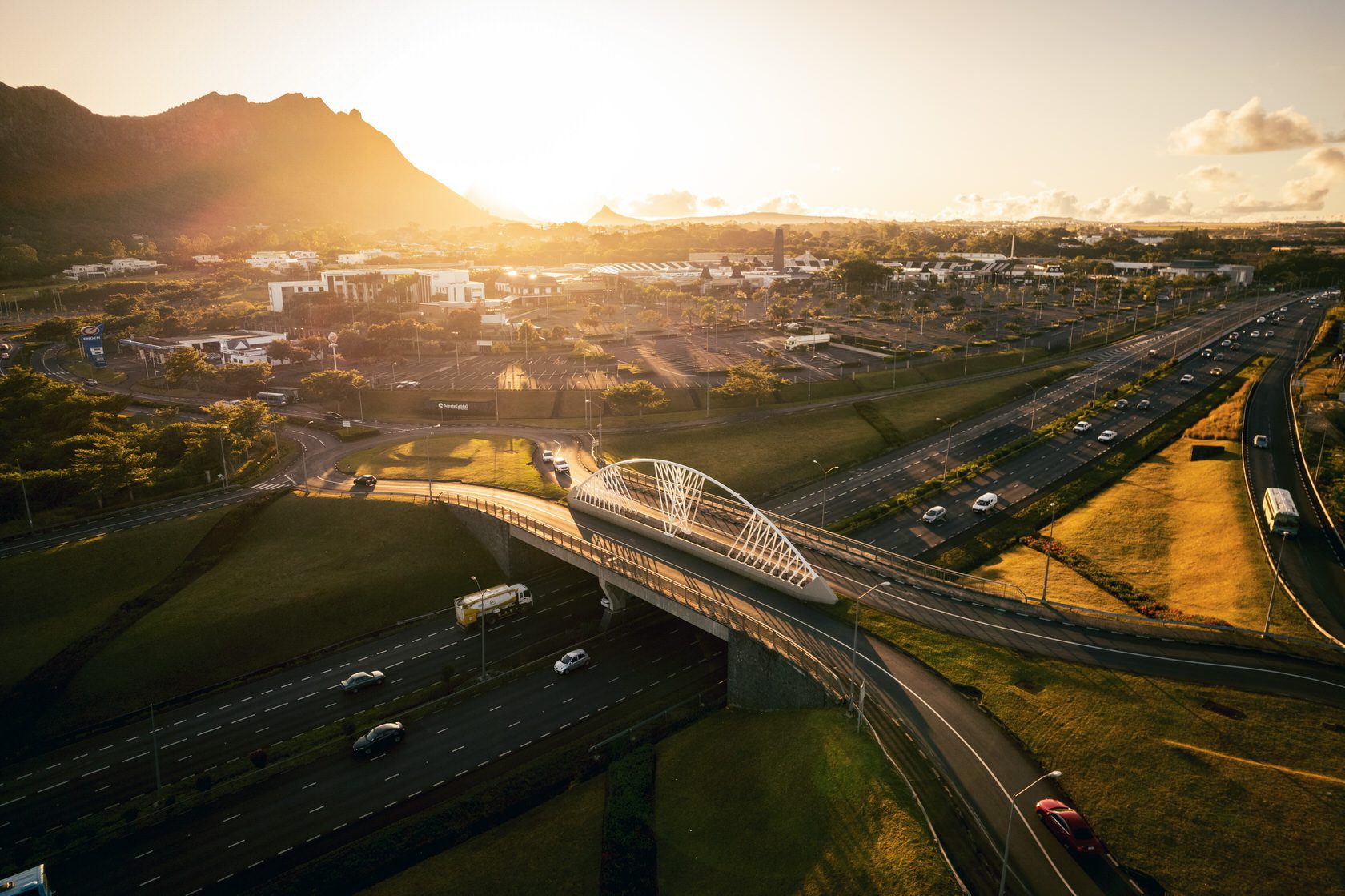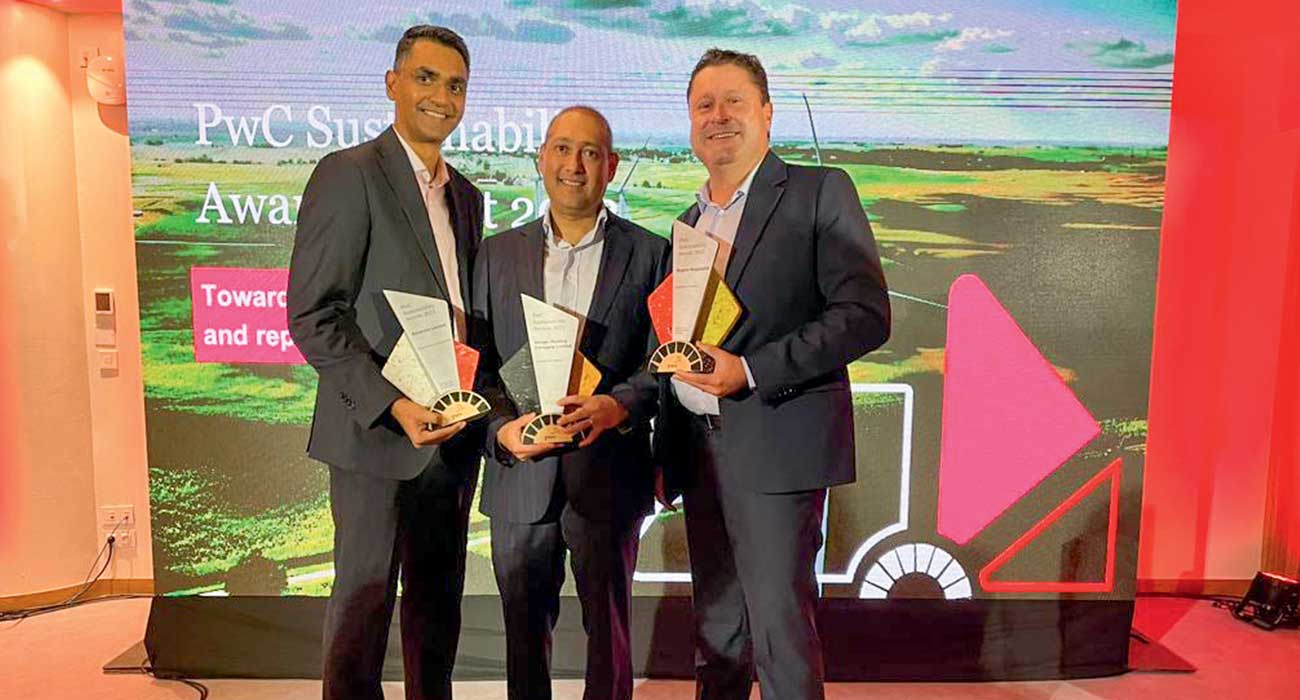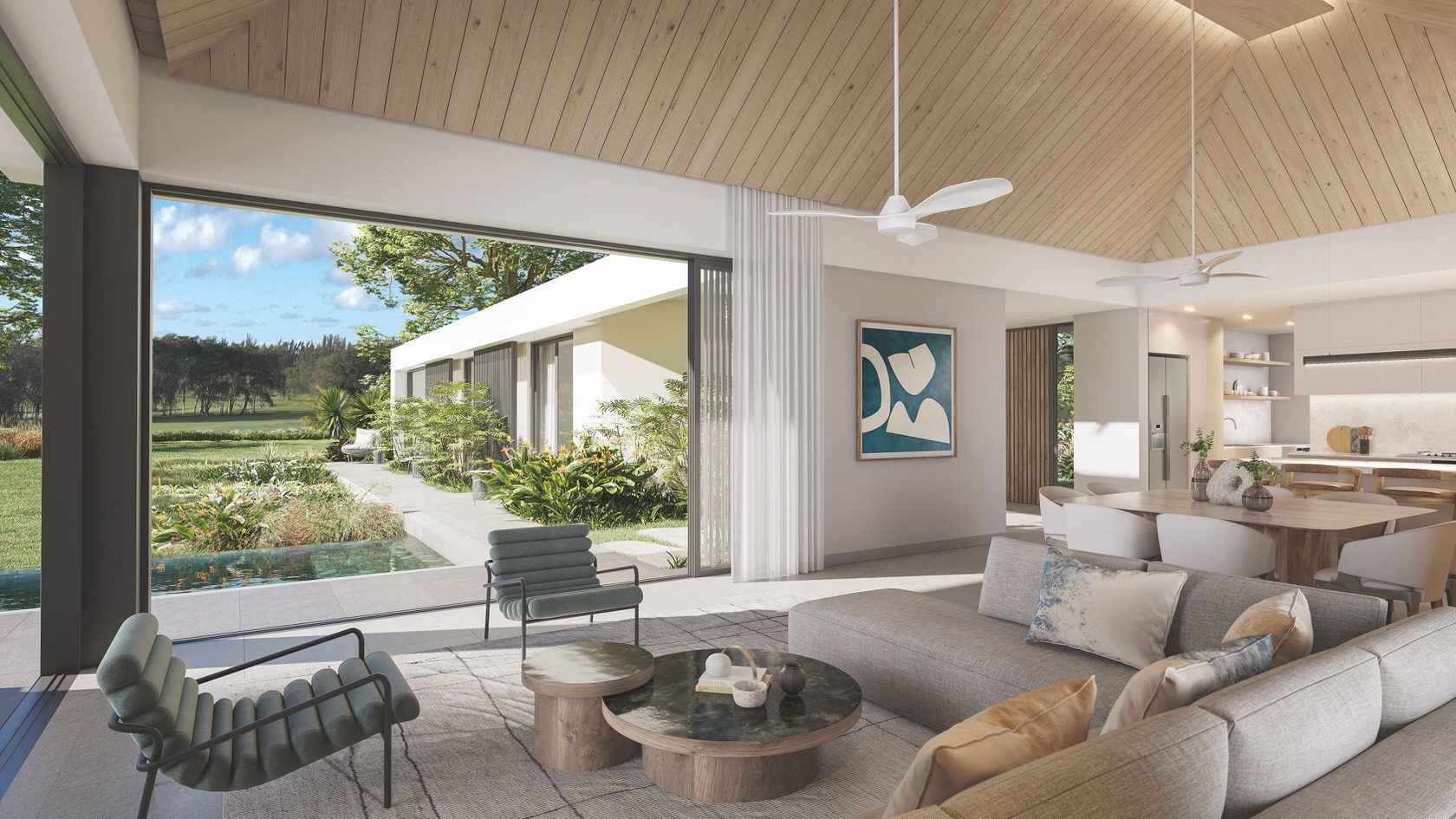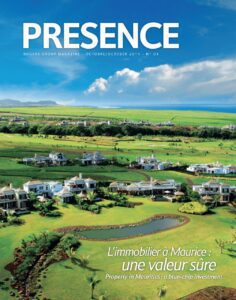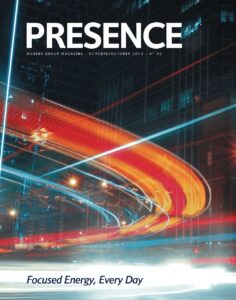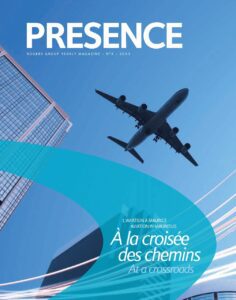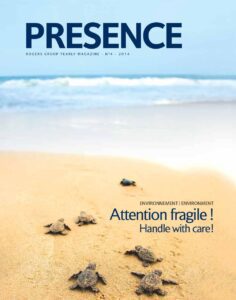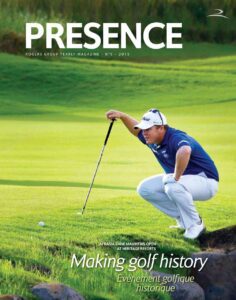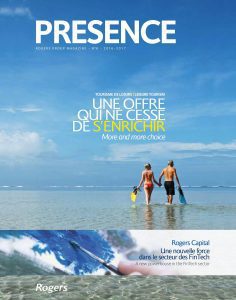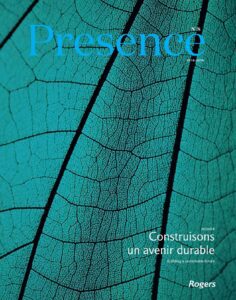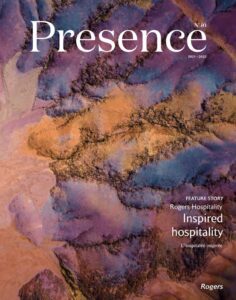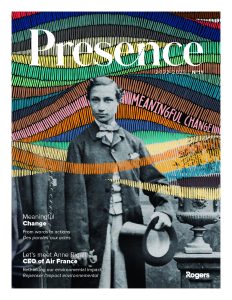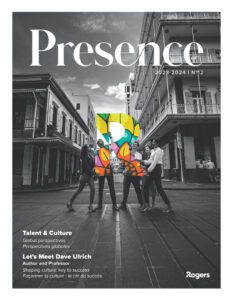Stretches of white sandy beaches, breathtaking turquoise blue sea and the promise of the warmth of the golden sun – it’s the image of the perfect beach holiday we all dream of. But what happens when the mighty sea permanently and persistently engulfs the sand? While beach erosion is a worldwide issue, a local case in point would be the Bel Ombre beach. To counter it, Veranda Leisure & Hospitality (VLH Ltd) spearheaded an innovative coastal rehabilitation project.
If you had taken a walk on the Bel Ombre beach during the first half of 2017, you might have noticed the vulnerable state it was in. The width of the beach had noticeably retreated. This severe beach erosion had heavily developed over the course of the past decade impacting the infrastructure, ecology and tourism economy of the beach and surrounding communities.
Uniting to make a difference
Collectively, the management of the four hotels located on this affected shoreline, namely VLH Ltd (Heritage Le Telfair & Awali), Néréide Ltd (LUX* Tamassa Resort) and Saltlake Resorts Ltd (Outrigger Mauritius Beach Resort), united to uncover a comprehensive coastal protection strategy to protect and nourish the beaches in front of their properties. A first in Mauritius, this participation and coordination between the three hotel groups was strongly appreciated by the authorities.
As with any major project, carrying out in-depth research, surveys and assessments is an imperative first step. Soon thereafter, Arup SIGMA, a consulting engineer, was brought on board to undertake the Environmental Impact Assessment (EIA) and map out the project. To help in accomplishing this feat in the best way possible, the expertise of field specialists was commissioned, namely Professor Kerry BLACK, oceanographer, and International Marine Ecologist Iain WATT. Once the plans were set and approved by the Ministry of Environment, VLH Ltd wasted no time in carrying it out since structural renovation on their hotels was already planned for the specified period, June to August 2017. The other two hotel groups will follow suit, as per the terms laid out in the current EIA, when their respective hotels undergo maintenance.
Implementing a sustainable protection strategy: the solutions
Thanks to the expertise of Professor Kerry Black and Mr. Iain Watt, a sustainable and innovative protection strategy was established for the Bel Ombre beach. One that avoided the typical ‘Band-Aid’ solution that has already been implemented elsewhere.
Groyne & Breakwater Construction
The most important step of the project was to stabilise the beach and reduce impacts from waves and currents. To attain this, a basalt groyne at the Citronniers river-mouth was constructed along with several other basalt breakwaters in the lagoon.
Beach recharge
After countering the main cause of the erosion, focus was then put on recreating a stable beach and bringing it back to equilibrium. Essentially, this process, called a ‘Beach Recharge’, involves adding large quantities of sand to the beach to combat erosion and increase the width of the beach. With the protection of the previously constructed breakwaters, the beach recharge lasts longer. The regular beach maintenance and grooming that will be carried out will help to preserve long-term beach stability.
Modernized storm water outfalls
No sustainable plan is complete without thinking about what storms could potentially do to the work that has been done. In this line of thought, the existing storm water outfalls were refurbished. This will help to take the outfall further offshore, thereby reducing flooding of adjacent properties and beach erosion during heavy rains and strong winds.
Artificial reef structures
Finally, the most innovative solution proposed would have to be the introduction of artificial reef structures to the basalt breakwaters. While constructing breakwaters with basalt rock provides a sound engineering solution, it has little ecological integrity. To provide this ecological integrity to the system, artificial reef structures were designed to create a ‘Hybrid Reef Structure’ that holds both engineering and ecological integrity – a first for Mauritius. This helps to promote coral growth; thereby bringing with it colourful fish and other sea life forms to ensure the lagoon thrives in the long-term.
Community engagement
Educating and engaging the local communities is an integral part of the success of any project to ensure they understand the need and benefits of the project. From fishermen to the district council to the hotel employees, several meetings were carried out with these stakeholders to create awareness and update on the project’s process.
What’s next?
The project doesn’t end here. The NGO, Reef Conservation, will continue with the environmental monitoring and reporting on a quarterly basis over the next three years. In addition, water quality monitoring will be carried out by University of Mauritius with beach profiling undertaken by Day Marine as per the EIA license.
A better future
It is important to realise that coastal erosion presents more than just a tourism threat for the island; it is also an ecological threat. As a community, it’s important that we are aware of these issues, its causes and effects and play our part in helping to preserve the environment. In the battle for a better future, this project is just another way the Rogers Group continues to help improve the environment of coastal areas.

